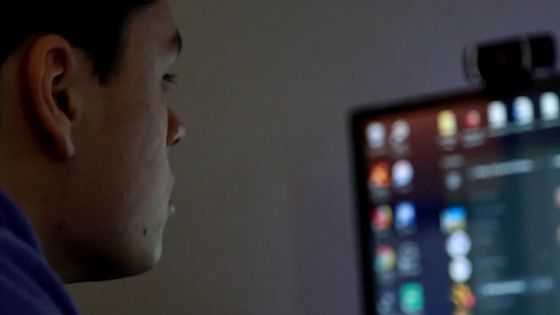Many school districts and parents are bracing again for the potential of fully remote learning with a surge in COVID-19 cases after all New York City public schools and many districts in yellow and orange zones moved fully remote earlier this week.
"The micro-cluster initiative is in place, we're learning each day about variations on that and building plans around yellow zone testing so that we can stay open in our hybrid model," said Ken Slentz, superintendent of the Ballston Spa Central School District.
Slentz said instead, the district is facing other challenges, like staffing shortages. Knowing many kids, their parents, and teachers prefer to be in their classrooms, they're trying to keep it that way, but contract tracing is a major hurdle right now while they're also facing unprecedented substitute shortages.
"Our staff, over 700 of them, are from communities all up and down the Northway corridor, and as they get caught up in tracing we then have to plan, if not scramble, for staff coverage, so similar to other districts in the area," Slentz said. "A closure for us, I'm not necessarily worried in the first instance, that it's going to be because of positive tests, but instead because of the lack of available staff."
Ballston Spa actually started the year fully remote for three weeks and Slentz says they did in order to focus on what kinks needed to be worked out. While he says the district would prefer not to go fully remote again, they're prepared, but that parents and students need to have patience and understanding.
"Adapting to this model, to say that it's difficult, is a gross understatement, and very worrisome about some of the comments I see being made about teachers, 'Gee, you had six months to plan for this, why can't you have, essentially, perfection on this?' I just reject that, that is so shortsighted," Slentz said. "I invite people to have a conversation with any teacher in their community and just ask them to walk through the day and what it looks like and the challenges they have."
Parents are worried about challenges too. Not necessarily with remote learning models, but with the social-emotional needs of their kids staying in school and having interactions. Alyssa Lotmore's daughter is an only child in third grade at a private Catholic school.
"As much as I try to have my daughter not see the news, or to know there's things that we have to do to stay safe, but to try to not be overly stressed about it. I know she's still stressed," Lotmore said. "And I think as we're moving forward, we really have to see how we can best help kids get through this time. How can we still have them have that social-emotional component and be able to have them talk about their feelings? Because I do still worry about the mental health aspect."
Lotmore is a social worker, who used to work in a school. She says the ability for teachers, coaches, guidance counselors, social workers and other staff to catch kids who need attention is something that just can't be replicated remotely.
"I really worry about not having that extra resource, those extra connections and having kids be just sort of isolated again during the winter months," she said.
Slentz said he is hopeful that with the micro-cluster initiative Governor Andrew Cuomo has executed for the last several weeks, that there will not be another directive for schools statewide to go fully remote. Instead, districts in those high-infection zones would only need to go remote temporarily, something he says his district and others have been preparing for.



